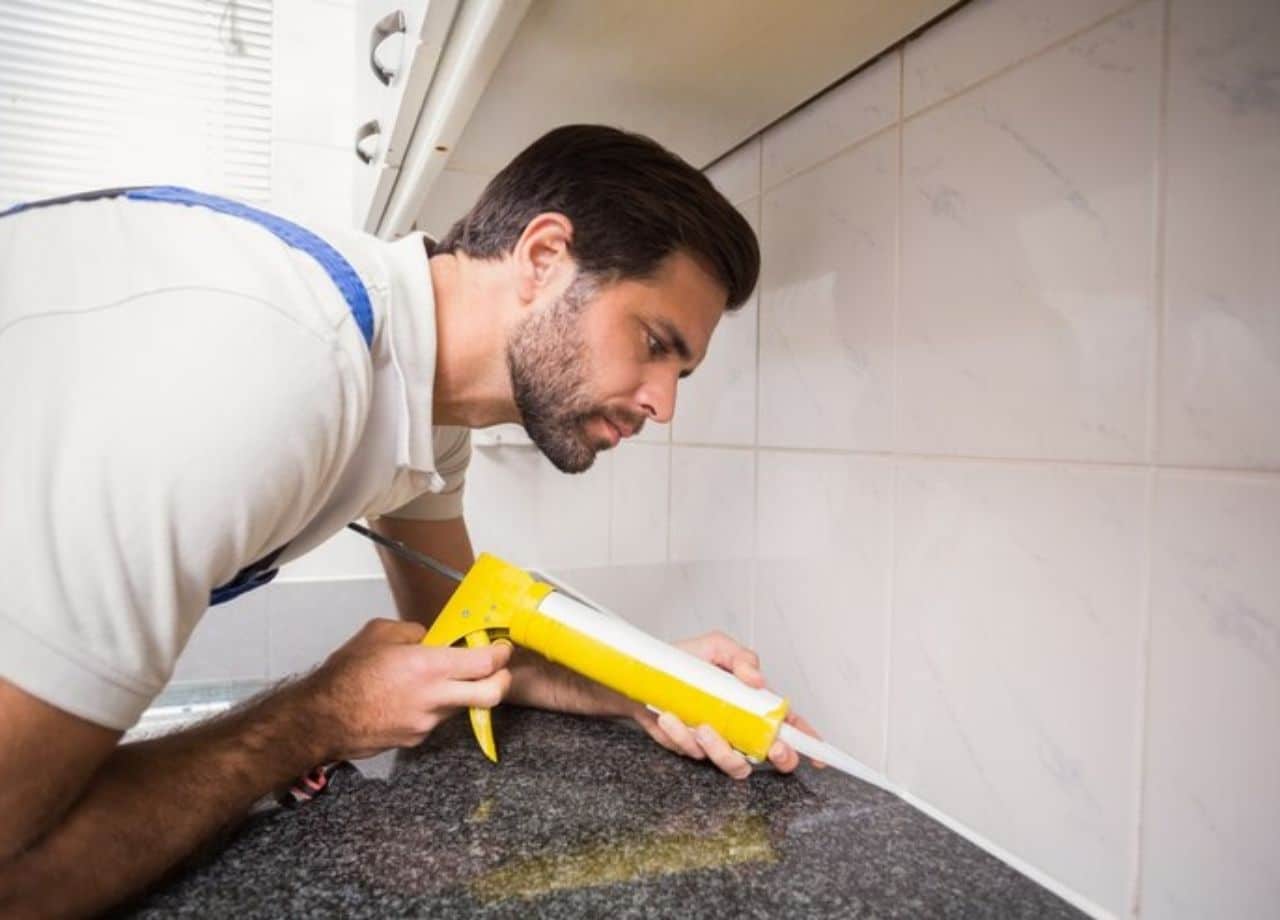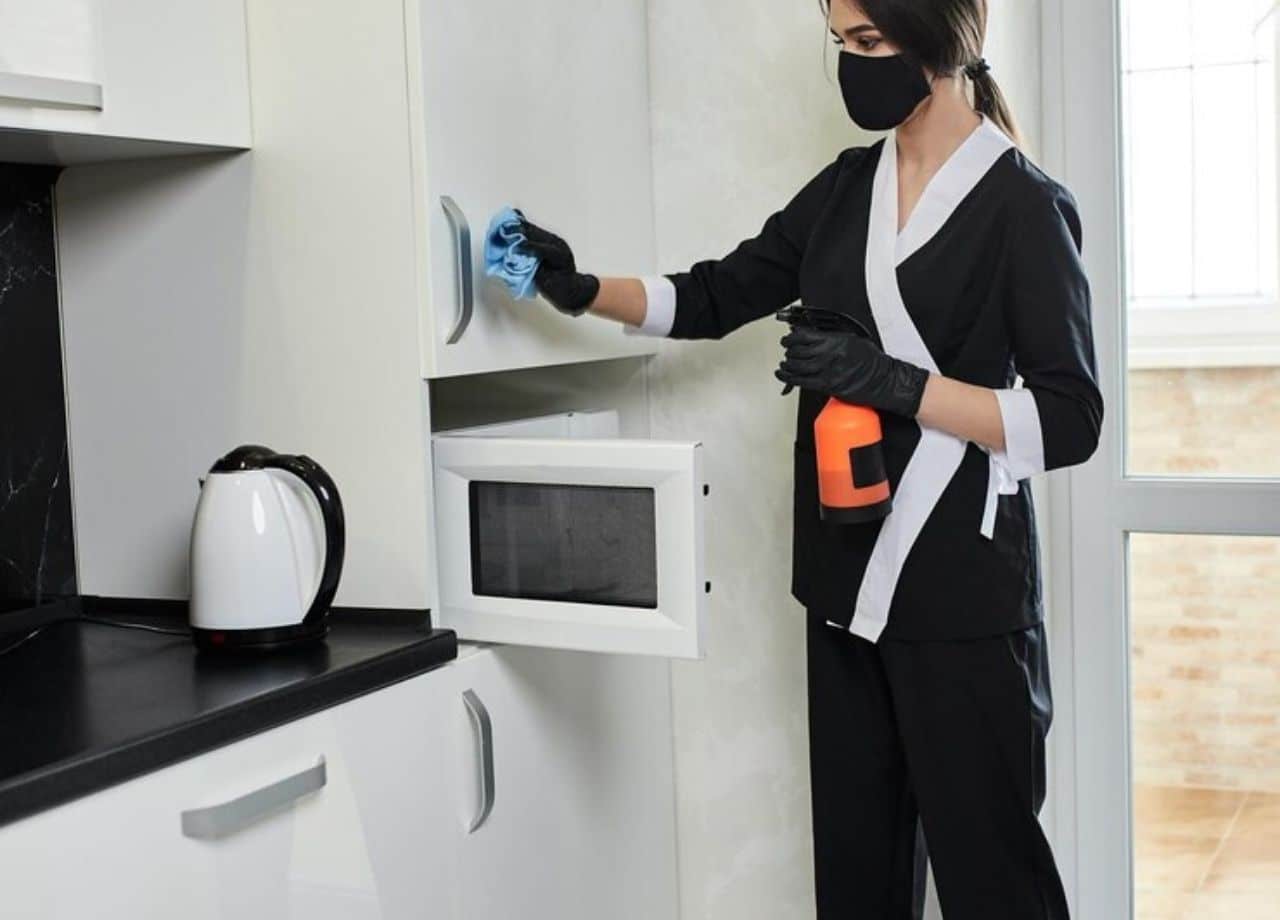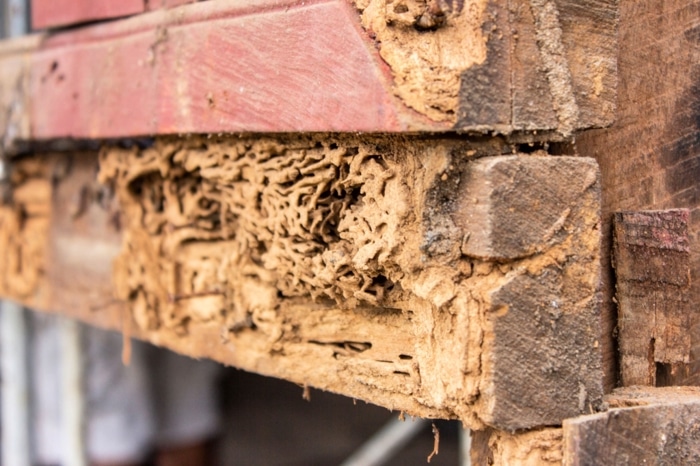No one likes uninvited guests—especially when those guests have six legs and antennae. The truth is, pests don’t need much of an invitation. A tiny gap under a door, a loose window screen, or even a torn weatherstrip can be all it takes. And once they’re in, getting them out can be a whole other headache.
Sealing up an apartment the right way doesn’t have to be complicated or expensive. But it does need to be consistent. A few small steps, done regularly, can make a big difference in keeping pests from turning into a recurring problem. Let’s walk through what really works.
Start With the Front Door—It’s More Important Than You Think
You’d be surprised how many pests sneak in through the front door. If there’s a gap at the bottom or sides, even just a sliver, roaches, ants, and even mice can make their way inside. Check if you can see daylight around the door when it’s closed. If so, it’s time to upgrade that weatherstripping.
Door sweeps at the bottom are especially important. These act like a little broom that blocks the space between the door and the floor. And they’re easy to install. They also help keep out drafts, so you’re saving on energy, too.
Don’t Ignore Windows, Especially in Older Units
Old windows are a pest’s best friend. Screens get torn. Seals wear out. And if there’s even the smallest opening, you’ll end up with flies, mosquitoes, and whatever else is crawling or flying nearby.
Take a close look at every window. Make sure the screens are snug, have no holes, and aren’t loose around the edges. Caulking is your best friend here. If you notice cracks around the frame or if the sealant looks dry or crumbly, fresh caulk can tighten things up quickly. It’s a small fix that goes a long way.
Check the Kitchen—Pests Go Where the Food Is
Kitchens are pest magnets. And sealing them off isn’t just about closing off visible cracks. It’s also about looking where plumbing and wires go in and out. Under the sink, behind the stove, near the fridge—these spots often have gaps that go unnoticed. Mice and roaches find these entryways fast.
Use expanding foam or silicone sealant to close those small holes around pipes. For bigger openings, especially behind stoves and dishwashers, stainless steel mesh works well. It’s tough for pests to chew through and helps keep things tight.
Also, make sure the kick plates under cabinets aren’t loose or broken. Rodents love slipping behind them. Sealing these gaps takes away a favorite hiding spot.
Focus on Utility Closets and Laundry Areas
These areas don’t get much attention, but pests love them. Why? Because they’re warm, dark, and usually full of gaps around water heaters, dryers, and other equipment. If there’s a hole in the wall where the dryer vent exits or where pipes come in, you’ve got a pest highway.
Foam sealants work well here, especially the kind that’s rated for fire safety in utility areas. Just double-check that whatever you’re sealing doesn’t block any ventilation or violate code. Keeping these spaces clean and sealed can prevent a ton of future problems.
Don’t Forget the Bathroom
You might not think about it, but bathrooms are another common spot for pests to sneak in. They’re humid, have multiple plumbing entry points, and are often sealed poorly—especially around tubs, sinks, and toilets.
Check behind the toilet, under the sink, and where the tub meets the wall. Use waterproof sealant in these areas to close up cracks and gaps. This not only blocks entry for pests but also helps prevent mold and mildew.
Even small cracks in tiles or along the floor can give bugs a way in. A quick reseal around baseboards or tile edges can make a huge difference.
Cracks in Walls and Baseboards Are Bigger Than They Look
A small crack to you might be a giant hallway to a bug. Over time, walls and baseboards shift and settle. That creates tiny gaps where pests can come in—or hide. These gaps can be especially common in older buildings or in apartments that haven’t had a refresh in a while.
Walk through the apartment and inspect baseboards carefully. If you see a crack, don’t assume it’s just cosmetic. Use a paintable caulk to seal it. For bigger cracks, especially around outlets or corners, consider patching with joint compound or drywall filler. Once it’s painted, you’ll never know it was there—but the pests will.
Vent Covers and Exhaust Fans Matter More Than You Think
Exhaust fans in bathrooms and kitchens pull air out, but if the vent covers aren’t sealed properly, they can also let things in. Birds, rodents, and insects have all been known to sneak through damaged vent covers.
Climb up and check these areas once in a while. If a vent cover is cracked or missing, replace it fast. Mesh covers or vent screens can help stop pests from getting in while still allowing proper airflow. It’s one of those fixes that’s often overlooked but can prevent major problems.
Garbage Rooms, Patios, and Shared Walls
If the apartment has a patio or shares walls with other units, these areas need attention too. Outdoor garbage areas or storage closets should be sealed just as tightly as indoor spaces. Gaps under doors or holes in siding near patios can lead pests straight into the apartment.
If there’s a shared wall with a neighboring unit that’s not sealed properly, pests from one unit can easily move into the next. And just like that, the problem spreads. A good sealing job can help stop that chain reaction.
The Role of Pest Share in Keeping Things Pest-Free
Sealing helps a lot, but let’s be real—pests still find their way in sometimes. That’s where Pest Share comes in. When residents can report a pest issue right through their resident portal, and property managers don’t have to chase down vendors, it changes the whole game.
Instead of waiting days or even weeks for help, Pest Share makes sure the right steps are taken fast. And when pest control is part of the lease, it helps everyone stay proactive—not just reactive.
Think of sealing and pest control as a team. One keeps pests out, the other takes care of things when something slips through the cracks.
Keep It Up Year-Round
The biggest mistake people make is treating pest control like a one-time project. It’s not. Seasons change. Buildings settle. Seals wear out. What worked in spring might not hold up through a rainy fall or cold winter.
Doing a quick inspection every few months—especially after heavy rain or extreme temperatures—can help catch problems early. And if a resident reports seeing bugs or rodents, take it seriously. It usually means there’s a breach somewhere that needs fixing.
Staying consistent is what makes the difference. A small gap today could be a big pest problem tomorrow if it’s left alone.
Make Sealing Part of Routine Maintenance
Sealing to keep out pests isn’t just about stopping the creepy crawlies. It’s about protecting the apartment as a whole. Gaps let in moisture, drafts, and noise—not just bugs. And if you stay ahead of those small issues, it can save a lot of time, money, and frustration down the line.
Property managers who stay on top of this, and make it part of their regular routine, tend to deal with fewer pest problems overall. And when they pair that with a service like Pest Share, they’re not just managing issues—they’re preventing them.
Pests don’t take a break. So the sealing and protection shouldn’t either.






